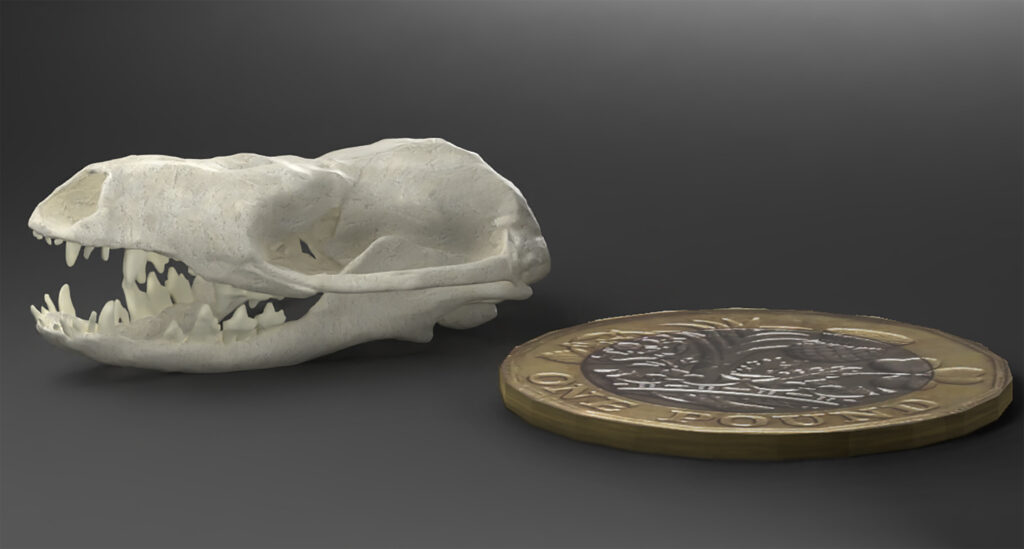For millions of years, dinosaurs dominated the planet. Yet, amidst their reign, a group of unassuming creatures with surprisingly simple skulls were quietly laying the groundwork for their own remarkable rise – modern mammals.
A recent study published in Communications Biology sheds light on the evolutionary secret behind mammalian success. It turns out, starting small and simple played a crucial role.
The ancestors of mammals, like many other vertebrates, possessed skulls and jaws made up of numerous bones. However, during their evolution around 150 to 100 million years ago, something remarkable happened – the number of bones in their skulls began to decrease.
For decades, paleontologists believed this simplification served to strengthen the skull and generate more powerful bites. But this new research, utilizing computer simulations and stress analyses, paints a different picture.
The study reveals that reducing the number of skull bones didn’t translate to a stronger skull or a more forceful bite. Instead, it led to a more efficient distribution of stress during feeding. This redirection of stress away from the braincase and towards the outer margins of the skull may have paved the way for an evolutionary leap – an increase in brain size.

Dr. Stephan Lautenschlager, lead author of the study and Senior Lecturer for Palaeobiology at the University of Birmingham, explains, “This shift in stress distribution might have allowed for an increase in brain size, which could have played a significant role in the later diversification of mammals.”
The story doesn’t end there. Alongside this cranial simplification, early mammals also underwent a dramatic miniaturization. Some species sported skulls a mere 10-12 millimeters long! This diminutive size, coupled with their reduced number of skull bones, drastically limited their food options. Early mammals cleverly adapted by specializing in a new food source – insects.
This combination of small size, simplified skulls, and an insect-based diet allowed these early mammals to carve out a niche and thrive in the shadow of the dinosaurs. They weren’t competing for the same resources and could exploit a readily available food source.
However, it wasn’t until the cataclysmic extinction event that wiped out the dinosaurs 66 million years ago that mammals truly flourished. With their dominant competitors gone, these once-tiny creatures with simple skulls were finally free to diversify and evolve into the vast array of mammals we see today, from the colossal blue whale to the shrew, the smallest mammal on Earth.
This study serves as a reminder that sometimes, the key to success lies not in brute strength or complex structures, but in clever adaptations and a willingness to exploit a niche. By starting small and simple, our mammalian ancestors laid the foundation for their eventual dominance, proving that big things can come from humble beginnings.
Source: University of Birmingham
